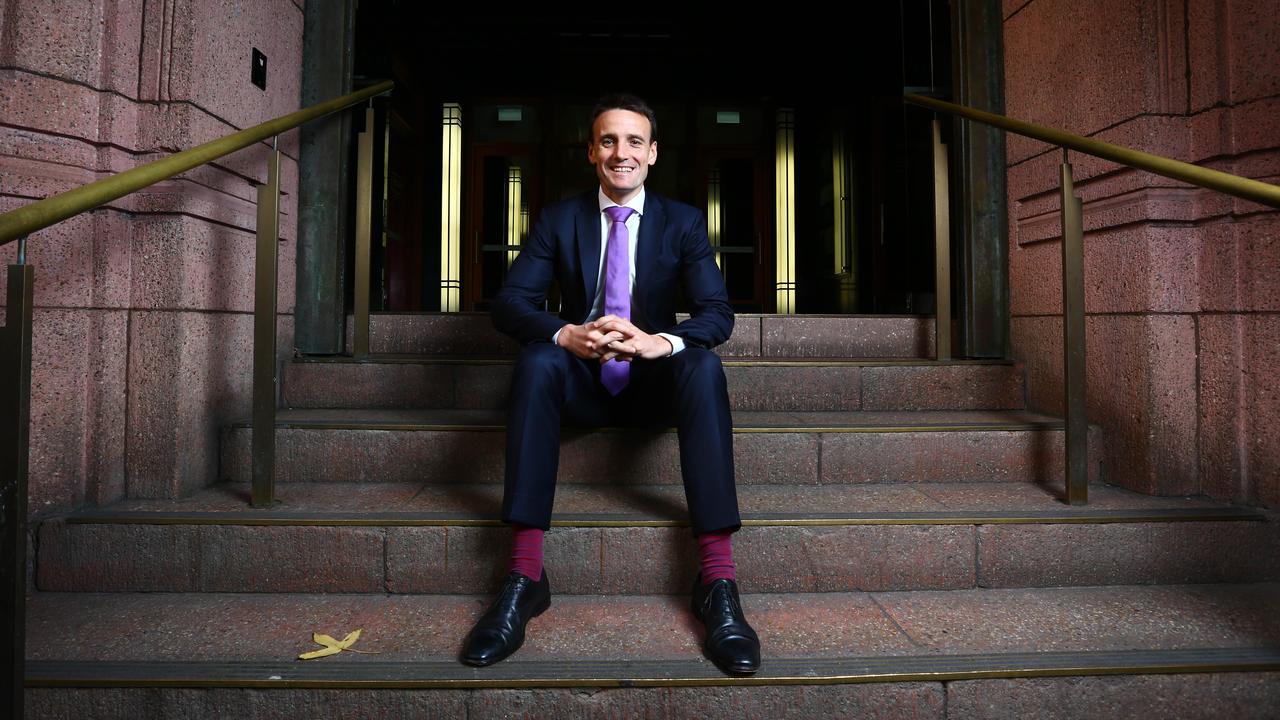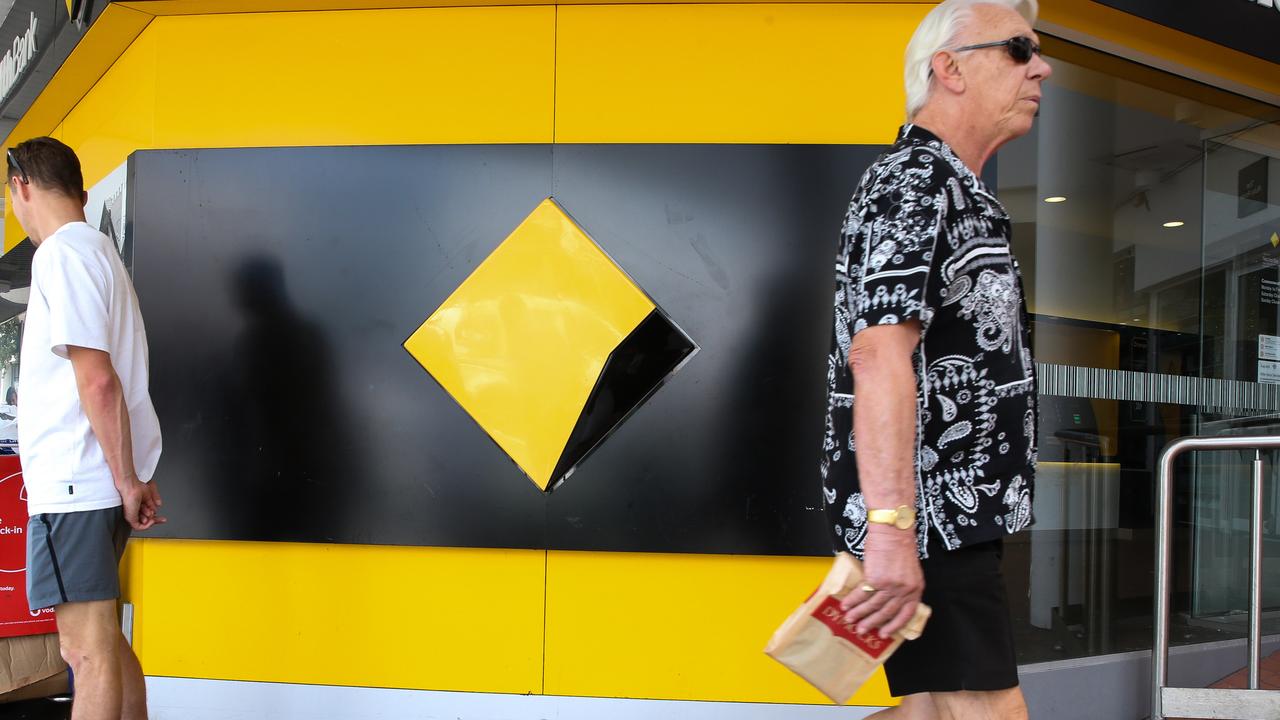Westpac pays a price for transition

Cash profit in 2019 slumped 15 per cent, the final dividend spiralled in tandem, and the nation’s second-biggest bank finds itself rattling the can for an extra $2.5 billion to keep things nice with a bunch of brooding regulators.
But the question remains: how far is Westpac — and the rest of the banking industry — into its transition, and will shareholders endure more pain this time next year?
The truth is there’s a reasonable chance of history repeating itself, and you don’t need to wade through almost 20 pages of industry and Westpac-specific risks in its capital raising document to understand that.
READ MORE: Westpac cash profit falls 15pc | Westpac CEO Brian Hartzer takes a $1.5m pay cut | Banks tapped for Westpac raising
For a start, the net interest margin, which averaged 2.07 per cent in the second half, is continuing to erode, as shown by the 2.04 per cent “exit” margin at the end of September.
Volumes, according to Hartzer, will also be flat in the current financial year, with a likely decline in mortgage balances in the first half offset by expected growth in the second half.
Non-interest income will trend lower, due to modest loan growth and the impact of regulatory changes to credit cards, and expenses will be 1 per cent higher than last year.
Finally, there’s the regulators (hello Nicole Rose at Austrac, who is well-placed at the front of the queue), not to mention the continuing question mark about remediation costs.
The difficulty in 2020 could be a payout ratio which again comfortably exceeds the 70-75 per cent target range, given the pressure on earnings and the board’s desire to spare investors from any further pain.






Westpac has been mugged by Brian Hartzer’s once-in-a-generation “transition” in banking, which just goes to show that identifying a trend doesn’t make you immune to it.